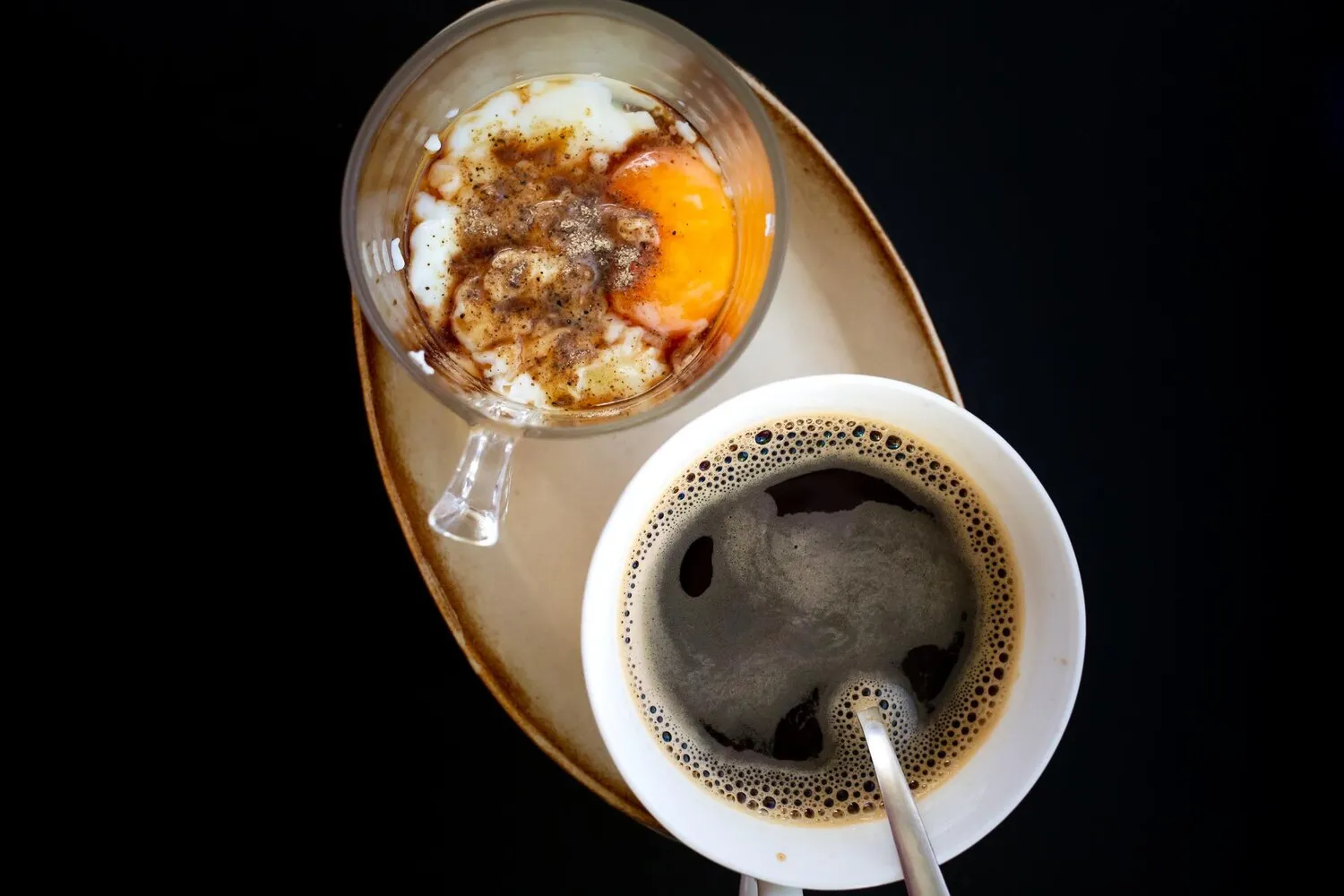
Drip Coffee
Regular brewed coffee.
Nutrition Facts
* The % Daily Value (DV) tells you how much a nutrient in a serving of food contributes to a daily diet. 2,000 calories a day is used for general nutrition advice.
Michael Thomas Coffee
Coffee's journey began in Ethiopia, spreading through the Arab world before reaching Europe and eventually the Americas. The development of brewing methods, including drip coffee, evolved over centuries as coffee consumption became increasingly popular globally, driven by technological advancements and cultural adaptation.
Drip coffee has become a staple beverage in numerous cultures worldwide, often associated with morning routines, social gatherings, and work environments.
Morning Ritual
In many Western countries, drip coffee is a common morning ritual, providing a caffeine boost to start the day. It's often consumed at home or in cafes before work.
Social Gatherings
Coffee breaks and coffee shops are common venues for social interaction, where drip coffee is frequently the beverage of choice, fostering conversation and connection.
Workplace Staple
Drip coffee is a readily available beverage in many workplaces, providing employees with a source of caffeine to enhance focus and productivity during work hours.
Third Wave Coffee Culture
The 'Third Wave' coffee movement has elevated the preparation and appreciation of drip coffee, emphasizing bean origin, roasting techniques, and brewing methods to enhance flavor and quality.
Drip coffee offers a range of flavors, dependent on the coffee bean origin, roast level, and brewing technique. Generally, it's characterized by a balanced and approachable profile.
The flavors can range from bright and acidic with floral or citrus notes (lighter roasts, African beans) to rich and chocolatey with nutty or caramel undertones (darker roasts, South American beans). The brewing process extracts soluble compounds, resulting in a liquid with varying levels of bitterness, sweetness, and acidity. Filtering removes some oils, leading to a cleaner and less heavy mouthfeel compared to other brewing methods like French press.
Water Quality
Use filtered water for optimal flavor extraction. Impurities in tap water can negatively affect the taste of your coffee.
Coffee-to-Water Ratio
A general guideline is 1-2 tablespoons of ground coffee per 6 ounces of water, but adjust to your personal preference. Experimentation is key!
Grind Size
Use a medium-coarse grind for drip coffee makers. A grind that's too fine can lead to over-extraction and bitterness, while a grind that's too coarse can result in weak, under-extracted coffee.
Brewing Temperature
The ideal brewing temperature is between 195-205°F (90-96°C). This temperature range allows for optimal extraction of flavor compounds without burning the coffee.
Freshness Matters
Use freshly roasted coffee beans and grind them just before brewing to maximize flavor. Store beans in an airtight container away from light and heat.
Explore additional Coffee dishes and restaurants
Explore CoffeeDiscover top dining spots and culinary experiences in Albuquerque.
Explore AlbuquerqueLearn more about the food culture, restaurant scene, and culinary heritage of United States.
Explore United States